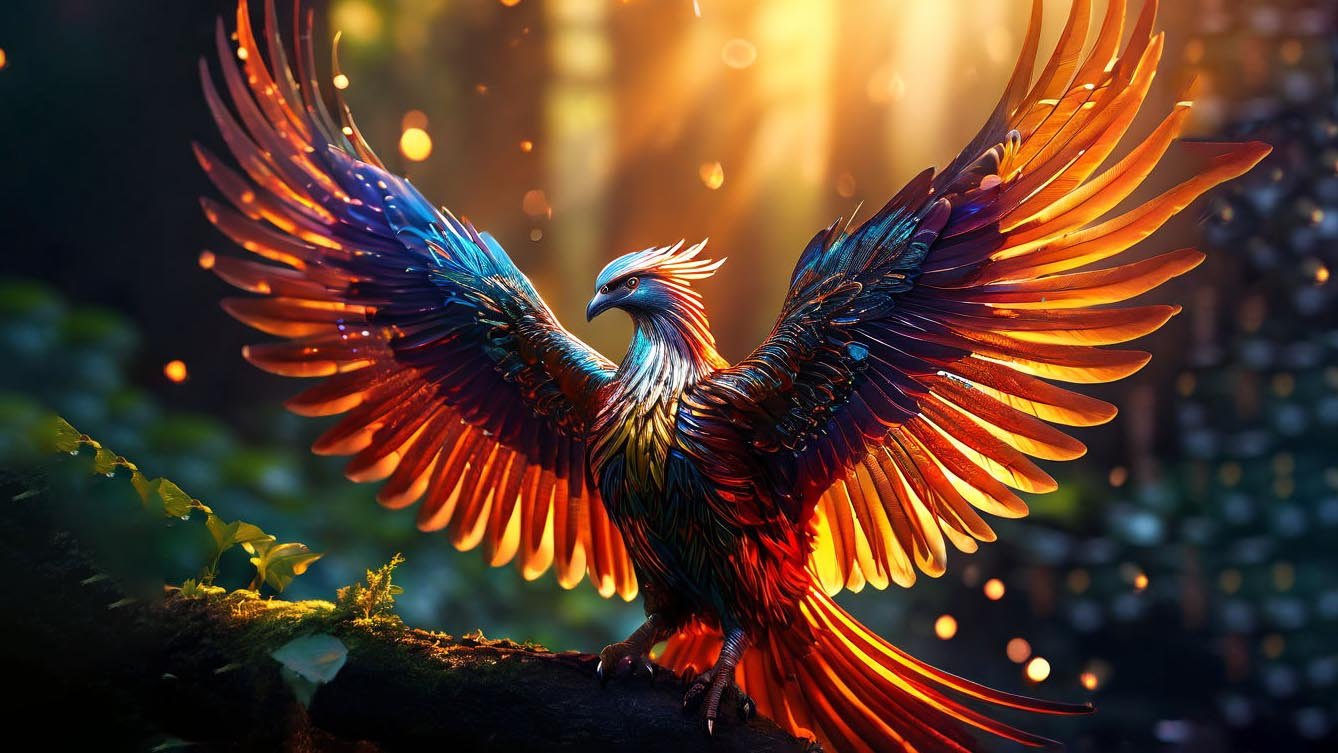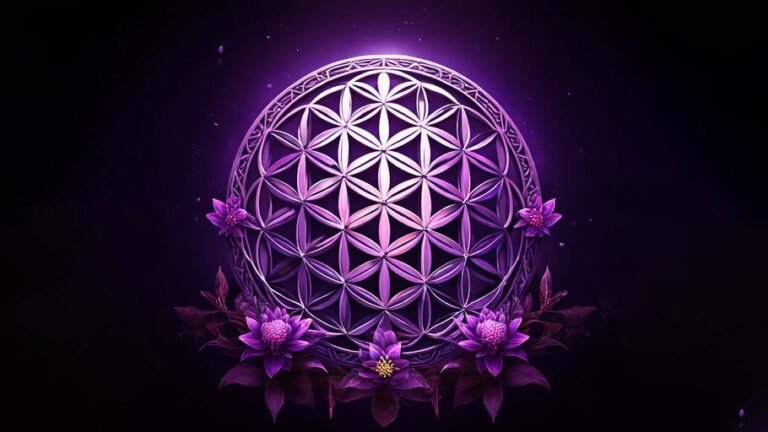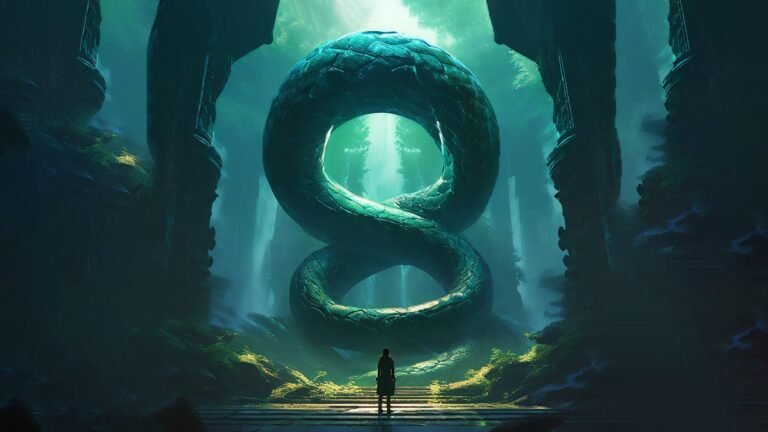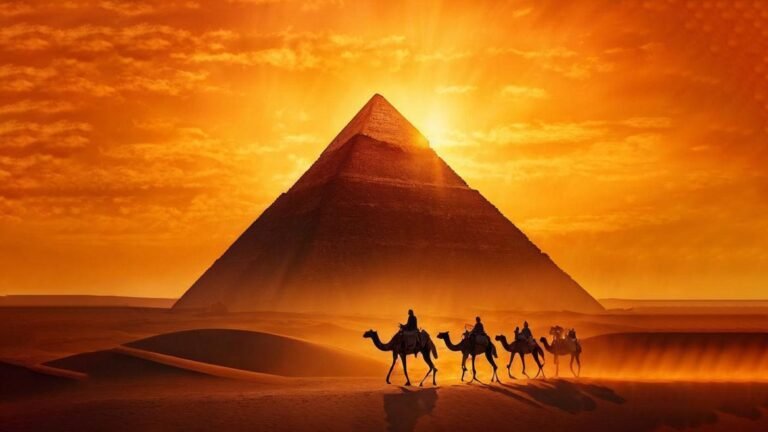Mythology has always been an intriguing aspect of human civilization, filled with fantastical creatures and legendary beings. Among these mythical creatures, birds often hold a prominent place, representing various meanings across different cultures. In this article, we will embark on a journey to explore twenty fascinating mythical birds from diverse cultures. From the majestic Phoenix to the enchanting Siren, each bird carries its own unique story and symbolism.
Key Takeaways:
- Birds have a significant presence in the mythology of different cultures.
- Mythical birds symbolize various qualities and are often associated with powerful symbolism in their respective cultures.
1. The Phoenix
Undoubtedly the most renowned mythical bird, the Phoenix takes its roots in ancient Egyptian mythology. This resplendent creature is known for its ability to rise from its ashes, showcasing the cycle of death and rebirth. With its radiant plumage and majestic presence, the Phoenix symbolizes immortality, renewal, and hope in various cultures across the world.
The Phoenix finds its place in the mythologies of different civilizations, including the Greeks, the Chinese, and the Persians. Associated with the sun, this magnificent bird represents the triumph of life over death.
2. The Roc
Originating from Arabian folklore, the Roc is a colossal mythical bird of immense strength and power. According to legends, this gigantic creature inhabits the desolate peaks of mountains and possesses the extraordinary ability to carry off elephants into the sky.
In famous tales like “One Thousand and One Nights,” the Roc features prominently, showcasing its immense size and forming a part of numerous grand adventures. Its massive wingspan and awe-inspiring strength make it an awe-striking figure within the realm of mythical birds.
3. The Thunderbird
Deeply rooted in the traditions of Native American cultures, the Thunderbird is a majestic creature associated with thunderstorms and lightning. This legendary bird is believed to possess the power to create thunder by flapping its wings and lightning by blinking its radiant eyes.
Portrayed as a divine protector, the Thunderbird carries significance in various tribal beliefs, with some considering it the harbinger of impending storms and others honoring it as a symbol of strength and sovereignty.
4. The Garuda
Found in Hindu and Buddhist mythology, the Garuda is a mystical bird-like creature that serves as the mount of Lord Vishnu, the Preserver and Protector of the universe. With the body of a bird and the features of a human, the Garuda is often depicted with eagle-like wings, a beak, and powerful talons.
Representing the triumph of good over evil, the Garuda plays a central role in many Hindu epics. The bird’s immense strength and unwavering devotion make it an iconic figure in Indian culture, symbolizing loyalty, courage, and self-sacrifice.
5. The Simurgh
Originating from Persian mythology, the Simurgh is a benevolent and wise bird-like creature. Resembling a peacock with the head of a dog and the claws of a lion, this majestic and mystical creature is believed to possess immense wisdom and healing abilities.
In Persian folklore, the Simurgh represents fertility, knowledge, and rejuvenation. Often described as a guardian of heaven and Earth, this mythical bird is revered for its benevolence and its role as a bringer of good fortune to those it chooses to bless.
6. The Fenghuang
While often referred to as a Chinese phoenix, the Fenghuang symbolizes more than just rebirth. It is a mythical bird that represents the harmony between Yin and Yang, masculinity and femininity, and good fortune.
The Fenghuang is depicted as a beautiful creature with the head of a pheasant, the body of a mandarin duck, the tail of a peacock, and the legs of a crane. Its enchanting presence is believed to bring about prosperity, peace, and unity in both nature and human life.
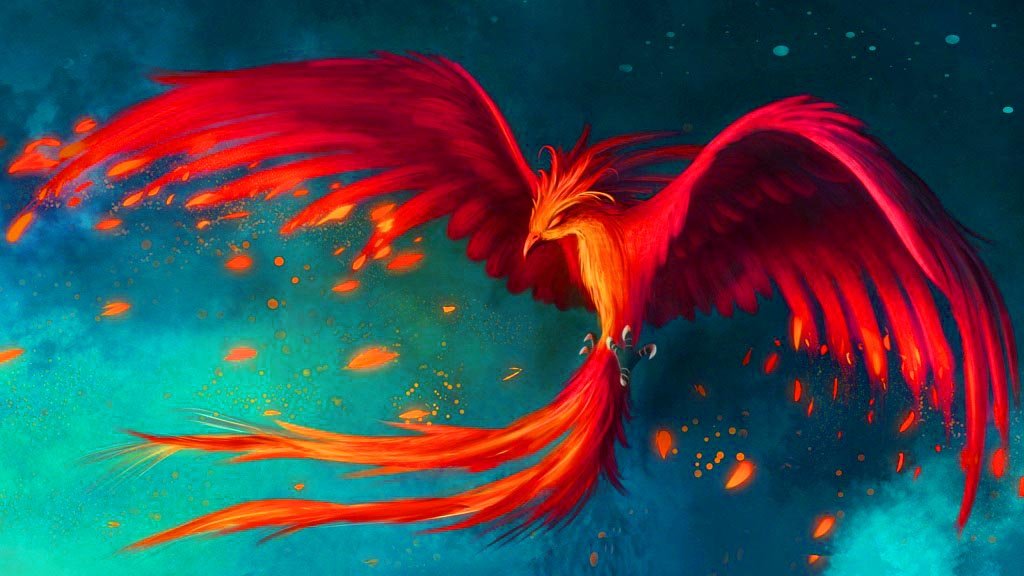
Is the Fenghuang considered a deity in Chinese mythology?
No, the Fenghuang is not considered a deity but rather a symbol of harmony and fortune in Chinese mythology.
Are there any specific festivals or occasions associated with the Fenghuang?
Yes, the presence of the Fenghuang is particularly celebrated during weddings, as it represents marital bliss and harmony.
Are there any other mythical creatures associated with the Fenghuang in Chinese mythology?
Yes, the Fenghuang is often depicted alongside the dragon, as both creatures are considered highly auspicious and complementary symbols in Chinese culture.
Does the Fenghuang have any unique abilities or powers?
Despite its lack of supernatural powers, the Fenghuang is believed to be a symbol of good luck and is associated with bringing positive energy and harmony wherever it appears.
Is the Fenghuang similar to the Western concept of a phoenix?
While the Fenghuang shares some similarities with the Western concept of a phoenix, it possesses a distinct cultural significance in Chinese mythology, representing balance and good fortune beyond the cycle of death and rebirth.
7. The Harpy
In Greek mythology, the Harpy is a fearsome bird-like creature with the face of a woman and the body of a bird. These winged female entities were known for their quick flight and their association with storms and strong winds.
With their sharp talons and bird-like screeches, Harpies were feared and considered agents of divine punishment. They were often associated with stealing food or carrying away individuals to unknown realms, adding an element of mystery and danger to their character.
8. The Siren
Known for their enchanting voices and irresistible beauty, the Sirens were mythical bird-women hybrids from Greek mythology. These seductive beings enticed sailors with their mesmerizing songs, leading them astray and causing ships to wreck upon treacherous shores.
Often depicted with avian features such as wings and feathers, the Sirens symbolize the power of allure and temptation. Their myth serves as a cautionary tale, warning against the dangers of surrendering to irresistible desires.
9. The Griffin
A popular mythical creature found in various ancient civilizations, the Griffin is a magnificent beast with the body of a lion and the head, wings, and talons of an eagle. It embodies the combined strength and agility of a predator, representing the union of the king of beasts and the king of birds.
The Griffin is often associated with divine power and is revered as a guardian of priceless treasures. Its portrayal in art, literature, and heraldry further immortalizes its stature and holds it as a symbol of protection, courage, and nobility.
10. The Huma Bird
From the realms of Persian folklore comes the Huma Bird, a legendary bird often considered a symbol of immortality and enlightenment. With its plumage reflecting vibrant hues, this bird is said to have the power to grant great fortune to those fortunate enough to witness its presence.
The Huma Bird is believed to never land on the ground, perpetually flying above the earth. Its feathers are believed to possess healing properties, symbolizing good fortune, love, and peace. The Huma Bird serves as a reminder of the constant pursuit of spiritual enlightenment in Persian culture.
11. The Anka
The Anka is a mythical bird originating from Turkish folklore. Also known as the Phoenix of Arabia, this majestic creature is often described as a firebird with brilliant plumage, radiant wings, and a melodious voice.
In Turkish legends and stories, the Anka symbolizes rebirth, immortality, and strength. It is considered a harbinger of good fortune and transformation. The Anka’s presence brings hope and renewal to those who encounter it on their life journey.
12. The Ziz
In Jewish mythology, the Ziz is a colossal bird said to inhabit the highest reaches of the heavens. This mythical creature possesses immense wings capable of blocking out the sunlight and casting vast shadows over the Earth.
The Ziz is often associated with apocalyptic events, representing divine judgment and the end of the world. Its appearance highlights the awe-inspiring power of supernatural beings within Jewish folklore, invoking both fear and a sense of wonder.
13. The Kinnara
Originating from Hindu and Buddhist traditions, the Kinnara is a mythical creature that combines the features of a human and a bird. Known for their exceptional musical talents, Kinnaras are often portrayed playing celestial instruments and enchanting listeners with their ethereal melodies.
These graceful beings symbolize artistic excellence, love, and harmony. In ancient Indian and Southeast Asian art, the Kinnara captures the essence of beauty and creativity, inspiring artists and musicians alike.
14. The Valkyrie
In Norse mythology, Valkyries are powerful female beings associated with battle and death. These mythical entities, often depicted as winged warriors, serve the god Odin by selecting fallen warriors from the battlefield and guiding them to Valhalla, the hall of the slain.
Valkyries represent bravery, honor, and the divine destiny of warriors. Their presence evokes a sense of both awe and protection, as they determine the fate of fallen heroes in the grand tapestry of Norse mythology.
15. Stymphalian Birds
Stymphalian birds are mythical creatures that appear in Greek mythology. They were known for their destructive nature. Indeed, they possessed metallic feathers that they could launch at their victims. They were inhabitants of the Stymphalian Lake, and their defeat by Heraclex during his sixth labor is a well-known Greek myth, symbolizing the triumph of humanity over nature’s menaces.
Conclusio
The world of mythology is a treasure trove of captivating stories and creatures. Mythical birds, in particular, exemplify the rich tapestry of human imagination, representing a diverse range of symbolism and cultural significance. From the phoenix’s eternal cycle of life and death to the enchanting songs of the Sirens, each mythical bird unveils a unique aspect of ancient civilizations and their beliefs.
As we explore these legendary creatures, we recognize their role as metaphors for human virtues, desires, and fears. They teach us lessons about life, death, resilience, and the power of transformation. These mythical birds continue to captivate our imagination and remind us of the endless possibilities that lie within the realm of mythology.
FAQs: Frequently Asked Questions
1. Are mythical birds real?
No, mythical birds exist only in folklore, legends, and the realms of human imagination. They are symbolic creatures with no basis in reality.
2. Do mythical birds appear in all ancient civilizations?
While birds hold symbolic meanings in various cultures, specific mythical birds may be unique to certain civilizations. Each culture has its own collection of legendary creatures and creatures.
3. What is the significance of mythical birds in mythology?
Mythical birds often symbolize specific qualities or serve as metaphors for human experiences and aspirations. They embody concepts such as rebirth, wisdom, power, and protection.
4. How do mythical birds differ across different cultures?
Each culture attributes its own set of characteristics and symbolism to mythical birds. While some qualities may overlap, there are cultural nuances and unique stories associated with each creature.
5. Can mythical birds be found in modern literature and popular culture?
Yes, mythical birds continue to inspire authors, artists, and filmmakers in modern times. Their presence in literature, movies, and various forms of media is a testament to their enduring legacy and timeless allure.

